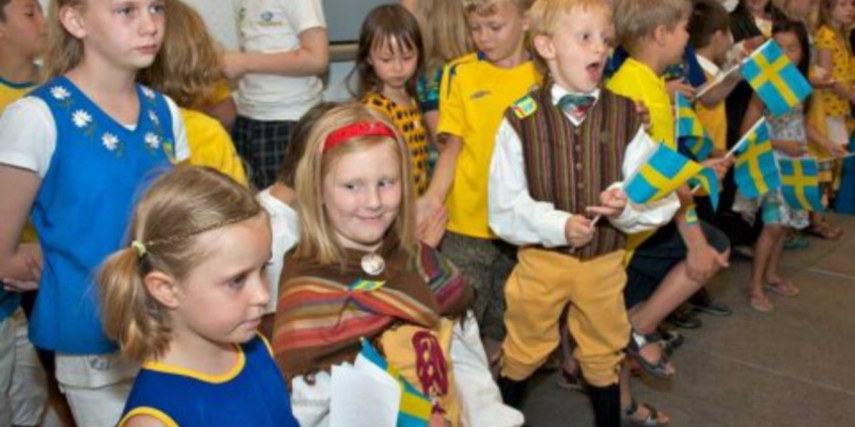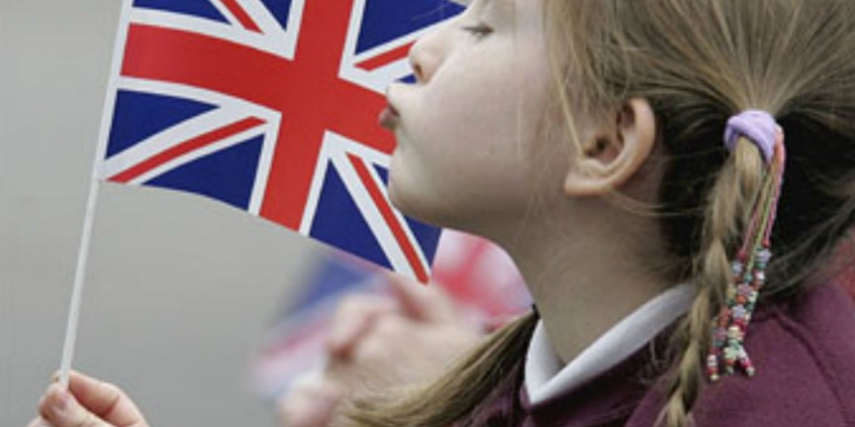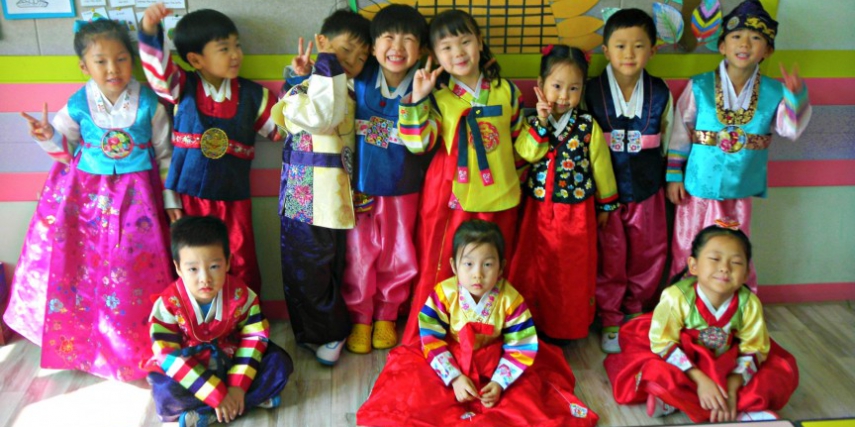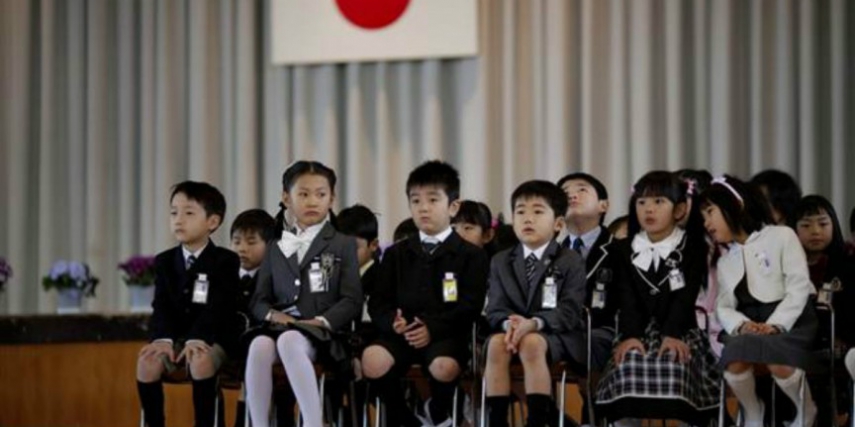While once, education was the privilege of the wealthy – historically, the wealthy men to be more accurate – countries across the globe have improved access to basic education over the years. The total number of children who drop out of school has seen a reduction of 47 million since 1999, so things are looking positive; but millions still lack basic education and the advantages that learning brings. At the start of this decade, over 130 million teens and kids worldwide were outside of the education system: a concerning fact, given that individuals who lack education have limited resources and opportunities. The lack of access to basic education means less progress, less financial stability and a less sustainable country.
Across the world, and particularly in poorer countries, schools lack adequate resources and supplies to offer even basic education to children; others might be denied their right to education because formal learning isn’t permitted by their culture. But some countries have been notably more successful than others when it comes to furnishing their citizens with the skills offered by basic education. With the potential costs running high – uniforms, tuition, and textbooks proving especially costly for families of limited resources – some nations have even succeeded in supplementing the costs of high quality education, making it accessible to the masses.
Which countries have been classed as the most successful in offering education to their citizens, and what circumstances have allowed these nations to provide for their people so successfully? The Social Progress Imperative has compiled research on basic education levels throughout the world and presented it via the Social Progress Index; this offers a rigorous and comprehensive way of measuring social progress, including – and most relevant for our current interests – a score for a country’s level of access to basic knowledge including factors like adult literacy rate, primary school enrolment, secondary school enrollment, and women’s mean years in school. These components determine which countries offer better educational opportunities. We’ve compiled the list of the ten best-performing countries when it comes to access to basic education, according to research from the United Nations as brought together in the SPI basic education ratings: Read on to find out how and why these ten countries are so well-educated.
10. United States, 61.3
 The United States’ access to basic knowledge index is 61.3, with a (relatively) extremely high secondary school enrollment at 89.5, an adult literacy index of 57.5, and a primary school enrollment index of 52.6. The United States’ federal structure is decentralized, meaning that every state handles its affairs individually. This, in turn, means that access to basic education varies from one state to another with local school districts possessing the power to determine their people’s level of access to basic education. Throughout the U.S. there’s compulsory education for children between 5 or 6 years old and 16, 17 or 18 years old depending on the state. In America, education is generally free until the 12th grade level. Yet, in spite of the free access to basic education in the U.S. there is growing illiteracy in the country. Millions of adult Americans can’t read or write, though an even larger number can only read 4th or 5th grade material. There’s also an increase in the number of teenagers who drop out of in high school; so while the U.S. offers a relatively high level of basic education to its citizens, it could be argued that for its level of wealth and development, the U.S. is under-performing in this area when contrasted with comparative nations.
The United States’ access to basic knowledge index is 61.3, with a (relatively) extremely high secondary school enrollment at 89.5, an adult literacy index of 57.5, and a primary school enrollment index of 52.6. The United States’ federal structure is decentralized, meaning that every state handles its affairs individually. This, in turn, means that access to basic education varies from one state to another with local school districts possessing the power to determine their people’s level of access to basic education. Throughout the U.S. there’s compulsory education for children between 5 or 6 years old and 16, 17 or 18 years old depending on the state. In America, education is generally free until the 12th grade level. Yet, in spite of the free access to basic education in the U.S. there is growing illiteracy in the country. Millions of adult Americans can’t read or write, though an even larger number can only read 4th or 5th grade material. There’s also an increase in the number of teenagers who drop out of in high school; so while the U.S. offers a relatively high level of basic education to its citizens, it could be argued that for its level of wealth and development, the U.S. is under-performing in this area when contrasted with comparative nations.
9. Poland, 61.4
Poland’s access to basic knowledge index is, overall, 61.5. The index assessing women’s mean years in school comes in at 59.2 and secondary school enrollment is at 59.2, while primary school enrollment is at 55.3 on the SPI scale. Adult literacy in Poland is 57.8. Pre-primary education is compulsory for children between 3 and 6 years old. Children are also required to attend six years of compulsory primary education once they are 7 years old. This is followed by three years of lower secondary education, which is also compulsory. According to the country’s Constitution, each individual has the right to education. Public schools in Poland offer free education and the public authorities ensure that every citizen has equal and universal access to education.
8. Germany, 61.5
Germany’s access to basic knowledge index is 61.5 – meaning it’s a close leader ahead of neighbouring Poland. Germany’s adult literacy is 57.5, primary school enrollment is 56.7, secondary school enrollment is 60.0 and women’s mean years in school score is 58.0. Children between 3 and 6 years old attend pre-school prior to compulsory education. Preschool is not for free and children do not receive any formal instruction but there is compulsory primary education, usually between the ages of 6 and 16. As in the U.S., the education system differs from one state to another. Students in Germany must, by law, study a foreign language and they are typically heavily examined throughout the course of their education. There are three main kinds of high school in the country and eligibility is determined by academic performance.
7. France, 62.5
 France is known worldwide for its inclusive education system, and the French ‘Lycée’ is now an international option. The index for access to basic knowledge in France is a strong 62.5, with primary school enrollment at 57.8, and adult literacy at 57.5 on the scale. The country offers compulsory education for children between the age of 6 and 16 years; the compulsory education includes elementary, and the initial four years of secondary college. Public education is available for free and children must generally be enrolled in schools near their homes. 80% of the students in France attend public schools while only about 20% are in private schools. Most of the private schools are run by the Catholic Church and the teachers are paid by the state. These schools charge low fees and this makes them accessible to students from various socio-economic backgrounds.
France is known worldwide for its inclusive education system, and the French ‘Lycée’ is now an international option. The index for access to basic knowledge in France is a strong 62.5, with primary school enrollment at 57.8, and adult literacy at 57.5 on the scale. The country offers compulsory education for children between the age of 6 and 16 years; the compulsory education includes elementary, and the initial four years of secondary college. Public education is available for free and children must generally be enrolled in schools near their homes. 80% of the students in France attend public schools while only about 20% are in private schools. Most of the private schools are run by the Catholic Church and the teachers are paid by the state. These schools charge low fees and this makes them accessible to students from various socio-economic backgrounds.
6. Israel, 62.9
 Israel’s access to basic knowledge index is 62.9. The adult literacy index here is 56.3, primary school enrollment is at 55.9, secondary school enrollment is at a strong 62.1, while the index for women’s mean years in school is 61.3. The country’s education system is centralized and funded by the state and compulsory education starts during the last year of kindergarten and ends at the 12th grade. There are secular, Arab, and Jewish schools in Israel, and the compulsory education is free but in some cases private funding goes towards the extracurricular activities in schools. Students who want to enroll in science and art schools are required to pay additional fees.
Israel’s access to basic knowledge index is 62.9. The adult literacy index here is 56.3, primary school enrollment is at 55.9, secondary school enrollment is at a strong 62.1, while the index for women’s mean years in school is 61.3. The country’s education system is centralized and funded by the state and compulsory education starts during the last year of kindergarten and ends at the 12th grade. There are secular, Arab, and Jewish schools in Israel, and the compulsory education is free but in some cases private funding goes towards the extracurricular activities in schools. Students who want to enroll in science and art schools are required to pay additional fees.
5. Sweden, 63.7
 Sweden’s access to basic knowledge index is 63.7. The index for the country’s women’s mean years in school comes in at 61.5, secondary enrollment is at 60.5, primary enrollment is 58.9, and adult literacy is 57.5. According to the Swedish Education Act, every child and young person should have equal access to education regardless of socio-economic status. Education is compulsory for every child in the country from age of 6 or 7. The compulsory education includes special schools and programmes, which are designed for students who suffer from intellectual and physical disabilities. High school is compulsory up to age 15 or 16 and it’s also offered for free. According to the OECD research, Sweden spends more than the average country on its education system, spending about 6.7% of its national budget on education as of the end of the last decade.
Sweden’s access to basic knowledge index is 63.7. The index for the country’s women’s mean years in school comes in at 61.5, secondary enrollment is at 60.5, primary enrollment is 58.9, and adult literacy is 57.5. According to the Swedish Education Act, every child and young person should have equal access to education regardless of socio-economic status. Education is compulsory for every child in the country from age of 6 or 7. The compulsory education includes special schools and programmes, which are designed for students who suffer from intellectual and physical disabilities. High school is compulsory up to age 15 or 16 and it’s also offered for free. According to the OECD research, Sweden spends more than the average country on its education system, spending about 6.7% of its national budget on education as of the end of the last decade.
4. United Kingdom, 64.0
 The United Kingdom’s access to basic knowledge index is 64.0. The index of women’s mean years in school in the UK is at 60.7, secondary enrollment is 62.2, primary enrollment is 59.1, and adult literacy is 57.5. Students in the United Kingdom can either attend state schools – which are free – or independent schools that charge fees. The law requires students to go through full-time education until they are 16 years old and in the UK, financial incentives are offered to teenagers who continue in education after the age of 16 to prepare them for higher education or employment.
The United Kingdom’s access to basic knowledge index is 64.0. The index of women’s mean years in school in the UK is at 60.7, secondary enrollment is 62.2, primary enrollment is 59.1, and adult literacy is 57.5. Students in the United Kingdom can either attend state schools – which are free – or independent schools that charge fees. The law requires students to go through full-time education until they are 16 years old and in the UK, financial incentives are offered to teenagers who continue in education after the age of 16 to prepare them for higher education or employment.
3. Republic of Korea, 64.2

Korea’s access to basic knowledge index is 64.2. The women’s mean years in school index is at a very strong 63.6, secondary enrollment is at 61.3, primary enrollment is at 57.9, and the adult literacy index comes in at 56.8. Education is compulsory for all children in Korea. The country offers free education for all children who are between 6 and 15 years old and high school students who are between 15 and 18 years have to pay tuition, which is subsidized by the government. Extra-curricular study and parental participation in their children’s education is considered essential, with ‘self-study’ sessions common. The citizens spend a lot of money on education compared with other countries. Koreans spend a huge 15% of the country’s GNP and 22% of their household incomes on education. However, while Korea’s education system has been praised it’s also been noted that it’s an enormously competitive environment, a factor which has been cited as a factor in the high suicide rate among Korea’s youth.
2. Japan, 64.7
 Japan’s access to basic knowledge index is 64.7. The country’s education system is nationalized and the curriculum is developed by the Japanese Ministry of Education. Elementary and junior high school is compulsory in the country, where students must spend six years in elementary and at least three years in junior high. The nationalized system ensures that all students get an equal education; but it has been said that a lot of pressure is put on students to achieve highly in the university entrance exam at age 18, forcing a sort of meritocracy based on university degrees. For its provision of basic education, though, Japan still ranks as one of the most successful countries in the world.
Japan’s access to basic knowledge index is 64.7. The country’s education system is nationalized and the curriculum is developed by the Japanese Ministry of Education. Elementary and junior high school is compulsory in the country, where students must spend six years in elementary and at least three years in junior high. The nationalized system ensures that all students get an equal education; but it has been said that a lot of pressure is put on students to achieve highly in the university entrance exam at age 18, forcing a sort of meritocracy based on university degrees. For its provision of basic education, though, Japan still ranks as one of the most successful countries in the world.
1. Canada, 65.0
 Canada’s access to basic knowledge index is at an unprecedented 65.0. Its secondary enrollment is 60.7, primary enrollment is 59.1, and adult literacy is 57.5. Canada’s education system is controlled by the different provinces, and the federal government does not regulate education – there is no national, centralised curriculum in Canada, meaning education can vary widely between the various territories. Public education is available for free for every Canadian who meets the residence and age requirements. Pre-elementary education is offered by local authorities, but it’s not compulsory. Elementary education is compulsory and it can either start at age 5 or 6 and until age 16 or 18 depending on the jurisdiction. Secondary education is also compulsory and it takes between four and six years. The country’s comprehensive education system has created one of the most skilled labor forces in the world; Canada’s strong economy and competitive industries can likely be attributed, at least in part, to a strong, functioning system of basic education despite very little hands-on involvement from the national government.
Canada’s access to basic knowledge index is at an unprecedented 65.0. Its secondary enrollment is 60.7, primary enrollment is 59.1, and adult literacy is 57.5. Canada’s education system is controlled by the different provinces, and the federal government does not regulate education – there is no national, centralised curriculum in Canada, meaning education can vary widely between the various territories. Public education is available for free for every Canadian who meets the residence and age requirements. Pre-elementary education is offered by local authorities, but it’s not compulsory. Elementary education is compulsory and it can either start at age 5 or 6 and until age 16 or 18 depending on the jurisdiction. Secondary education is also compulsory and it takes between four and six years. The country’s comprehensive education system has created one of the most skilled labor forces in the world; Canada’s strong economy and competitive industries can likely be attributed, at least in part, to a strong, functioning system of basic education despite very little hands-on involvement from the national government.
by Siofra M (www.therichest.com)